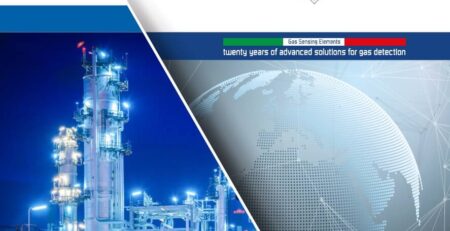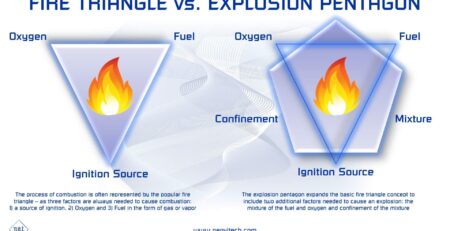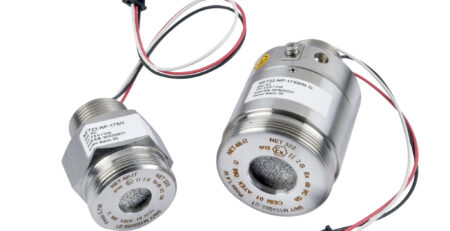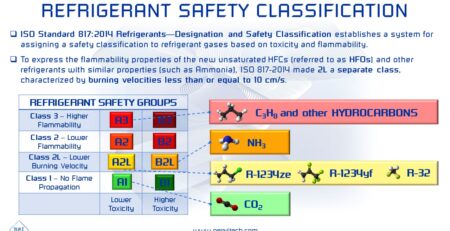THE IRNET PRO CROSS REFERENCE FACTOR MANUAL

In other words, a certain degree of cross-sensitivity exists between different hydrocarbon gases as their absorption bands overlap. At NET, we exploit this feature to use our 2.1%vol IRNET Propane sensor to detect the most common hydrocarbons using a correction factor which has been determined experimentally in our laboratories.
The graph below shows the absorbance curves of IRNET Propane sensors to the different hydrocarbon gases under test. Each gas has its own non-linear response, but the sensor can be linearized by applying a curve fit equation.
The following diagram shows instead a sensor that has been linearized to propane with a single, specific cross factor applied to the Propane sensor output. Most gases give a near linear response over the full-scale range, with accuracies comparable to the accuracy of the IRNET20 Propane sensor when exposed to propane.
It has to be noted that Methane response (light green) is outside specifications and non-linear. The graph below shows the significant difference between Propane and Methane Response curves. We therefore do not recommend using IRNET Propane sensor to detect Methane (you can use a Methane specific sensor instead).
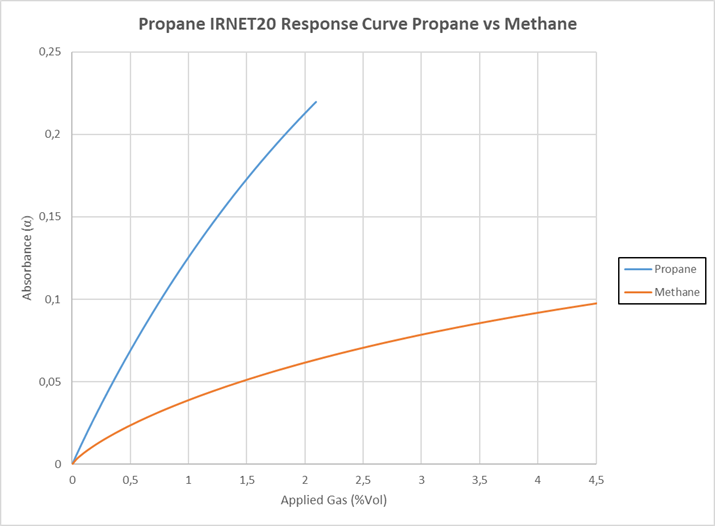

The complete experimental data and cross factor determination is available in the manual linked below:
A similar document and approach are available for our 32mm version:
It is worth noting that for this very same cross interference property, our IRNET Propane sensors is not a gas-specific sensor. In fact, it is sensitive to all the Hydrocarbon gases present in the environment, as they share the same detection principle. So, it is impossible to discern a single gas in an environment in which is present a mixture of various hydrocarbon gases.
Since the relative sensitivities to various gases is also dependent on the particular mounting arrangement and overall design of an instrument or detector, the data provided in the manual should always be considered as a guide only – we strongly recommend users to verify the response of the sensor to the target gas by testing it in the final product configuration wherever possible.
The manuals are periodically updated as new test data become available. Make sure to always download the latest version on our website.



